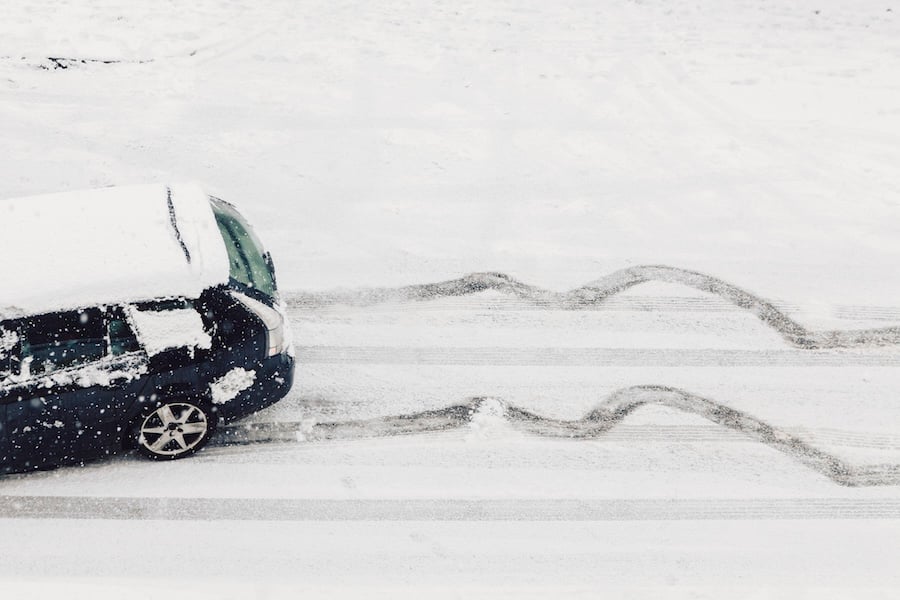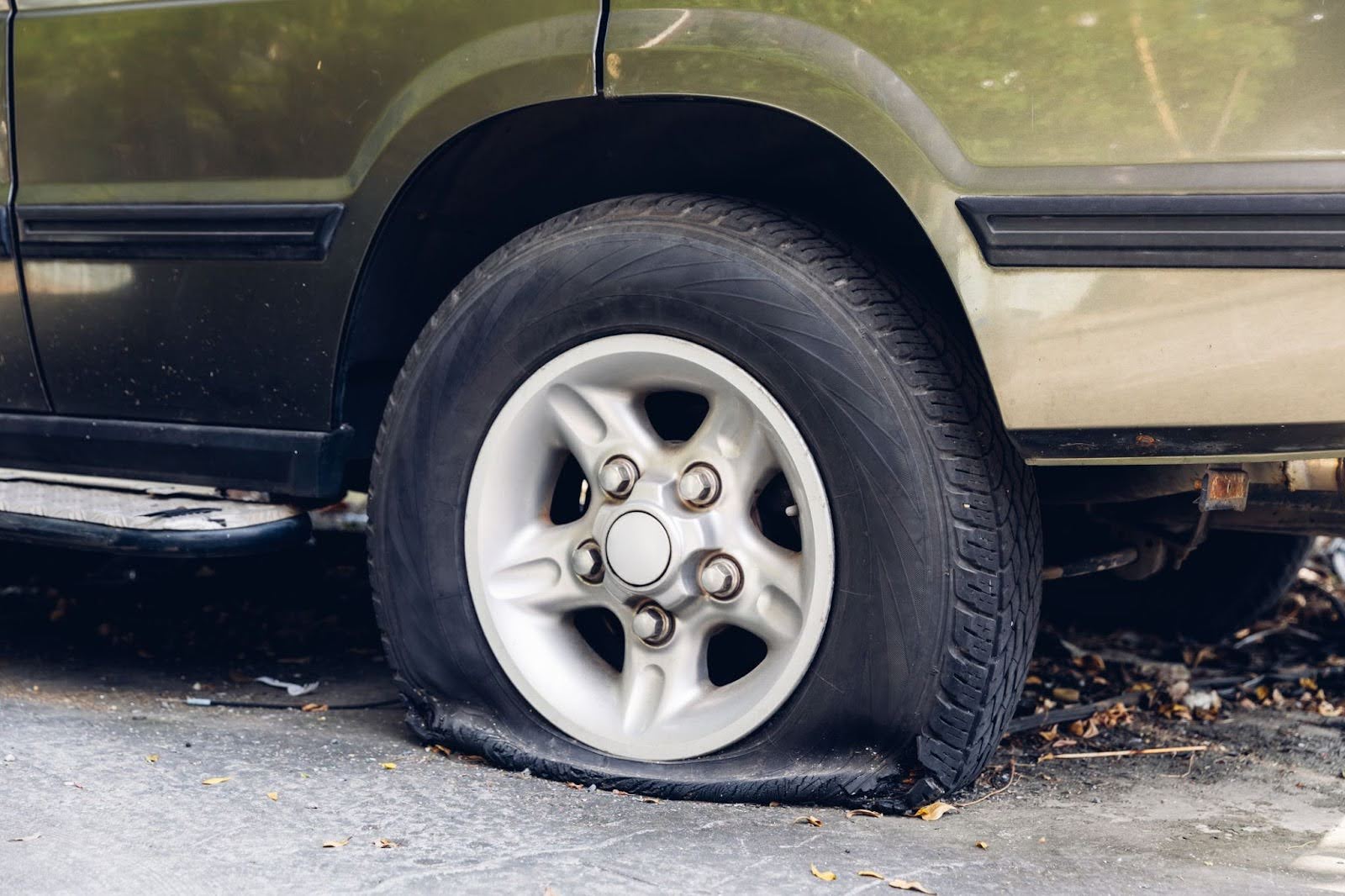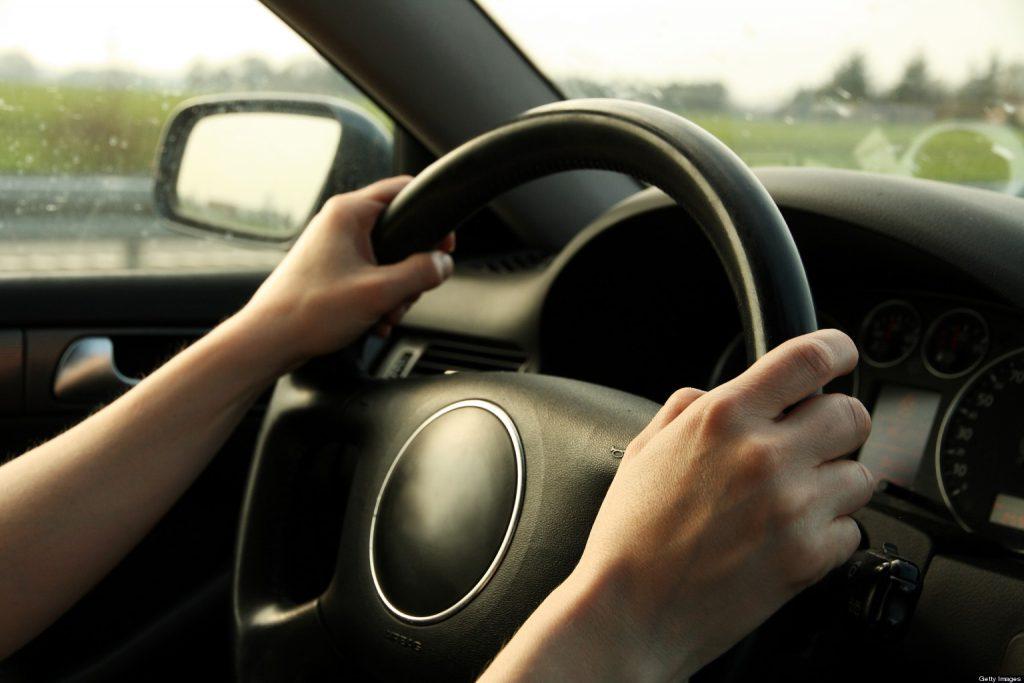Safety First
Diagnosing and fixing a suspension issue often requires you to jack up the car to get the tires off the ground. Never rely on a floor jack alone when working under a car. Secure the vehicle on jack stands first. Then, for redundancy, position the floor jack under a separate jacking point to protect you in the unlikely event one of the jack stands fails.
Likewise, you'll want to check the owner's manual for the location of your car's designated jack points, which are specifically engineered to support its weight. Lifting the vehicle from any other point can cause damage or lead it to slip unexpectedly, with disastrous results.
Here Are 5 Common Issues That Will Cause Your Suspension to Make a Clunking Noise:
 1. Worn-Out Shock Absorbers
1. Worn-Out Shock Absorbers
Worn shock absorbers, also known as shocks or dampers, can cause a bouncy ride and poor handling because they can’t absorb the bumps in the road properly. Issues that may result in a clunking noise as you drive include:
- Leaking hydraulic fluid: Look for wet, oily spots. If you see greasy fluid on the outside of a shock, it’s worn out and needs to be replaced.
- Worn or damaged shock bushings: These rubber pieces connect the shocks to the suspension.
Always replace worn out shocks in pairs, left and right. This will ensure consistent performance on both sides of the suspension.
2. Broken or Loose Sway Bar Links
A sway bar, also known as an anti-roll bar or stabilizer bar, connects the suspension on both sides to the car’s chassis to reduce body roll in corners. Sway bar links attach the bar to the suspension parts. When these links are worn or loose, the sway bar can shift, causing clunking noises, especially over bumps.
Most modern cars have a sway bar in the front and the back. To inspect the end links, safely jack up your car and locate the links between the sway bar and the suspension. They may connect to a control arm or a link near the wheels.
Check for and tighten any loose bolts. If everything is tight, check for visible damage and cracked or missing bushings. Replace any worn, broken or missing parts.
 3. Worn Ball Joints
3. Worn Ball Joints
Ball joints are like the hinges of your suspension, connecting the suspension to the parts that keep your wheels in place, often called the upright or knuckle. They allow the suspension to move for steering and bumps. Once they are worn, ball joints can get loose and make clunking or popping noises, usually over bumps. And you might notice that your steering feels a bit wobbly or your tires are wearing unevenly.
To check your ball joints, safely jack up the front of the car and give each front tire a wiggle from the top and bottom to see if there’s any play. There shouldn’t be any movement. Then check the joints for leaking grease. If they’re worn out, you’ll need to replace them using a pickle fork and a ball joint press. You can rent or borrow these tools from most auto parts stores.
 4. Damaged or Worn Bushings
4. Damaged or Worn Bushings
Suspension bushings cushion the connections between parts, keeping things smooth. Over time, heat, dirt and age make these rubber or polyurethane bits brittle or cracked, which can cause clunking or squeaking noises as metal parts rub together.
With your car safely placed on jack stands, inspect the bushings on your steering rack mounts and control arms. Replacing the steering rack bushings usually requires only basic hand tools. Replacing control arm bushings requires a press to remove the old bushing from the control arm and install the new part.
.jpeg?width=353&height=235&name=AdobeStock_388347273%20(2).jpeg) 5. Worn Tie Rods
5. Worn Tie Rods
Tie rods are the link between your steering rack and the upright or knuckle. They allow these parts to move smoothly with steering and over bumps. When they wear out, you’ll often hear clunking noises while turning.
To inspect your tie rods, safely jack up the front of your car and steer it using the tires. Any play means it’s time to replace the tie rods. Swapping them out is straightforward, but don’t forget to check your wheel alignment afterward. Proper alignment keeps your tires wearing evenly and ensures your steering stays sharp.
If you run into any trouble along the way or aren’t sure exactly what parts to buy for your car, our Tinker experts are here to help.
If these tips don’t solve your clunking suspension issue, or for more helpful automotive DIY advice, speak to one of our Tinker Experts today!





